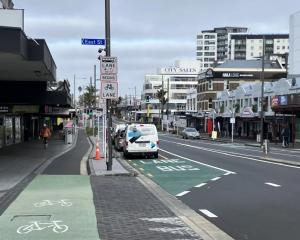
Oceans and Fisheries Minister David Parker announced the changes as part of the twice-yearly review of a selection of fish stocks to support their sustainability.
Otago Rock Lobster Industry Association executive officer Kate Hesson said the change showed acknowledgement of the work commercial fishers were doing around the region.
Rock lobsters were responsibly managed and the industry was grounded in a lot of research, she said.
The new quotas allowed space for commercial fishers to safely harvest the abundance of lobster that had grown in past years.
Every primary industry had been hit by Covid-19 and the change would help relieve some of that pressure, she said.
The changes would allow 5% more rock lobster to be caught per year than the last time the catch was set in 2020.
It allowed commercial fishers in the Otago region to catch up to 111.5 tonnes and Southland commercial fishers 1251 tonnes.
The changes came into effect on April 1, she said.
Port Chalmers Fishermen’s Co-operative Society Ltd president Ant Smith said the catch increase was small, but positive.
Growth in fisheries had been improving for about a decade and the move showed authorities were moving to embrace that, he said.
However, while the rock lobster catch had been increased, other fisheries were facing decreased allowances or closures.
Mr Parker announced the depleted scallop fisheries in Northland, most of Coromandel and the Hauraki Gulf would be closed from Friday to allow them time to recover.
Northland also faces decreased total allowable catches for rock lobster.
Comments
Like the old saying goes: Give a man a fish and you feed him for a day. Teach a man to fish and he'll destroy the fishery within a couple of years.
This won't end well for rock lobster fishery.












